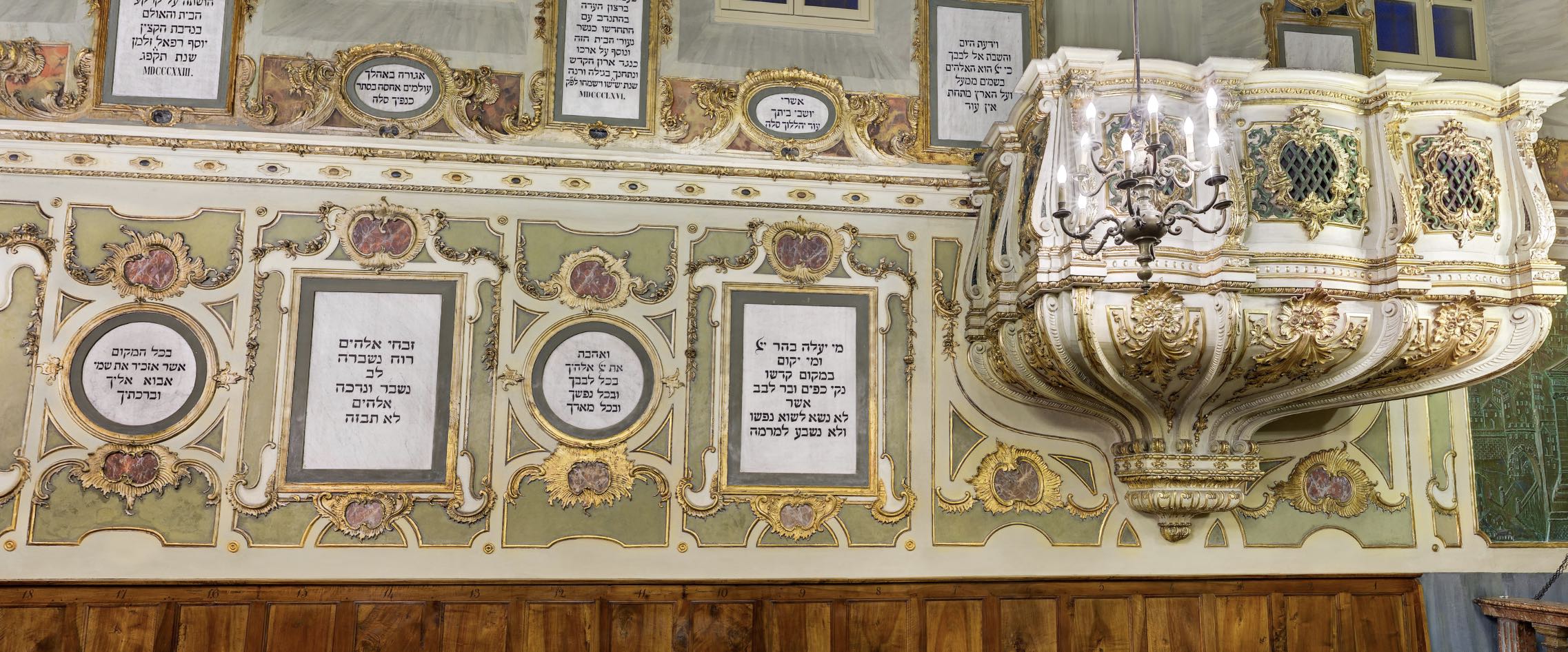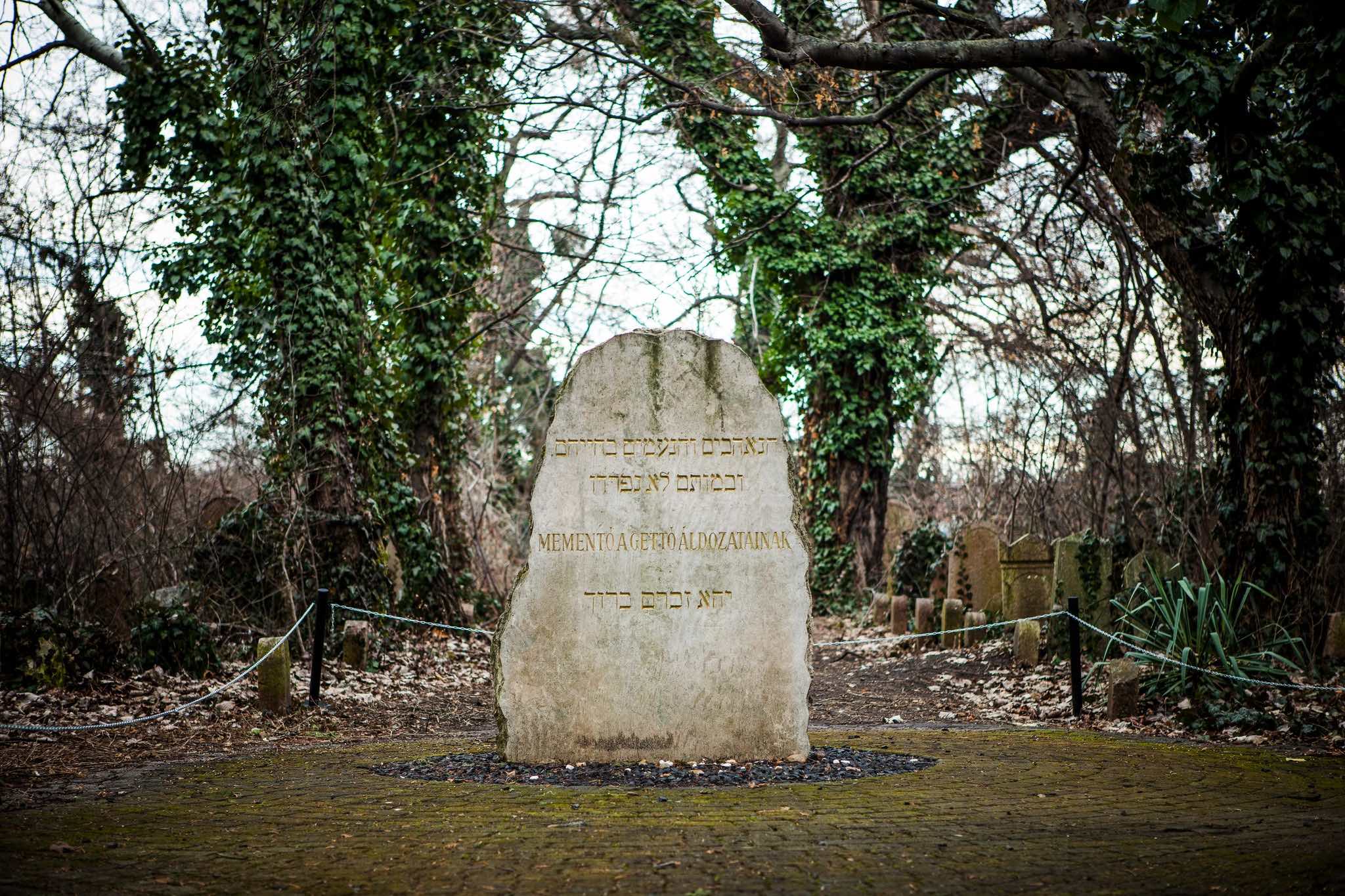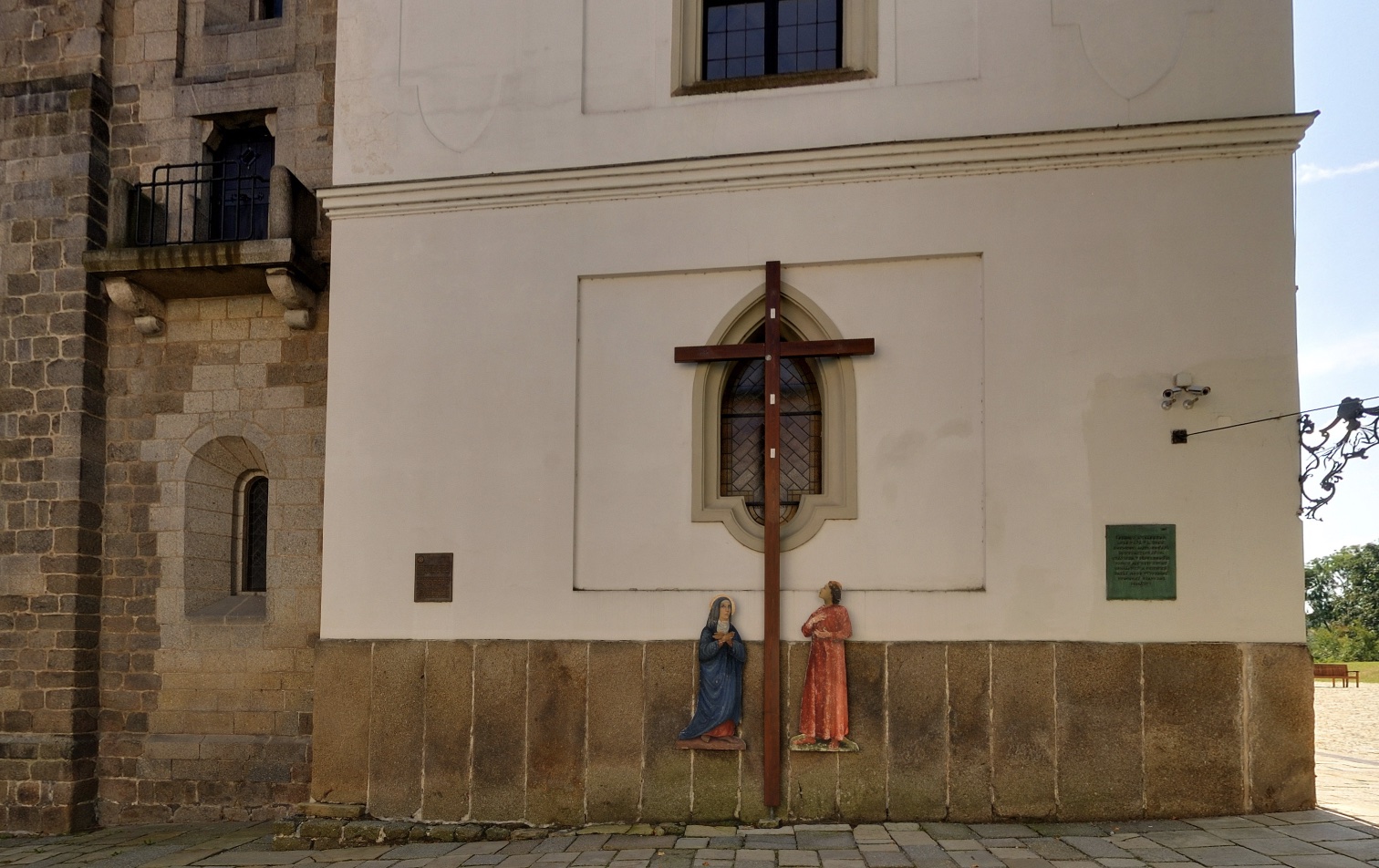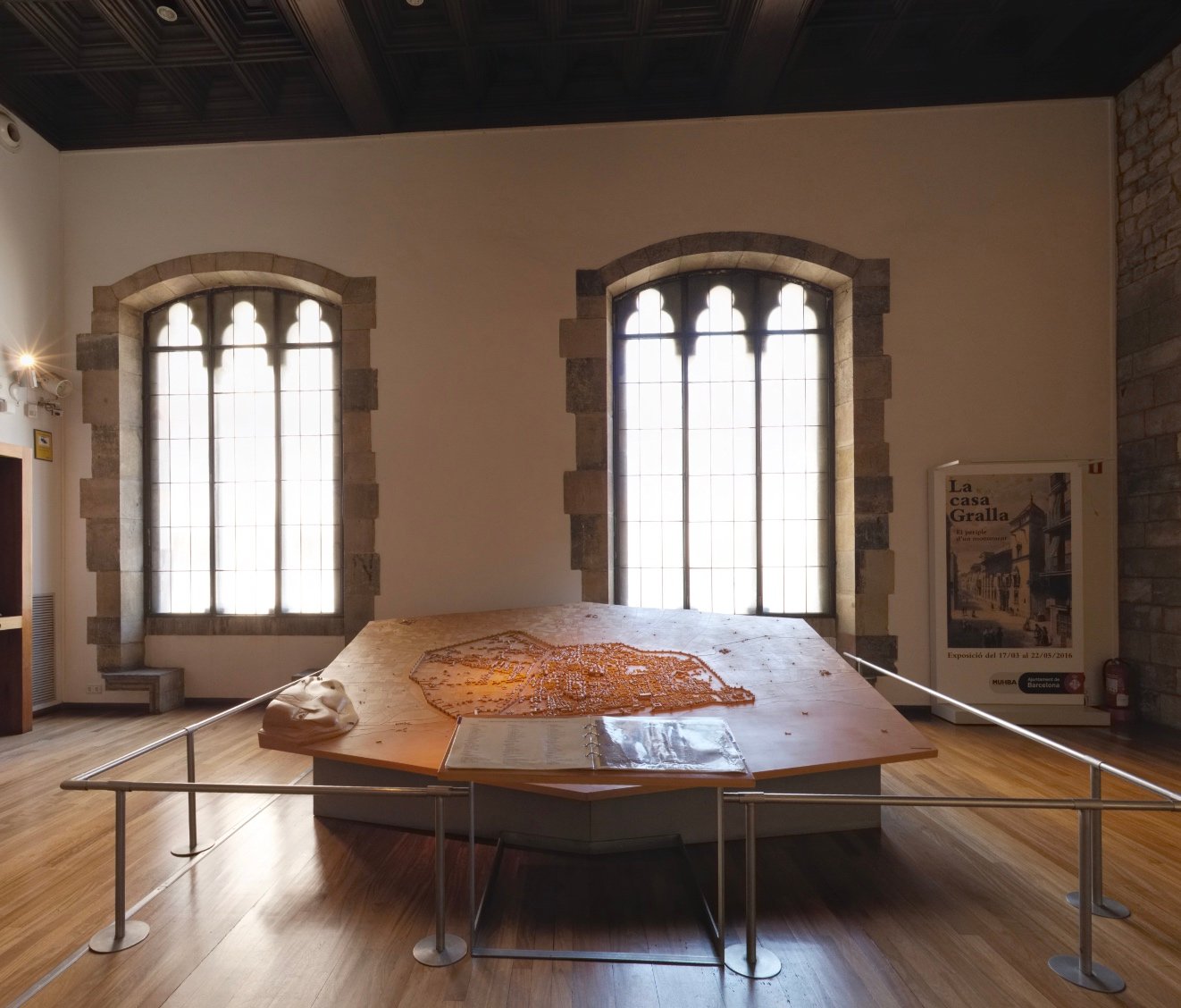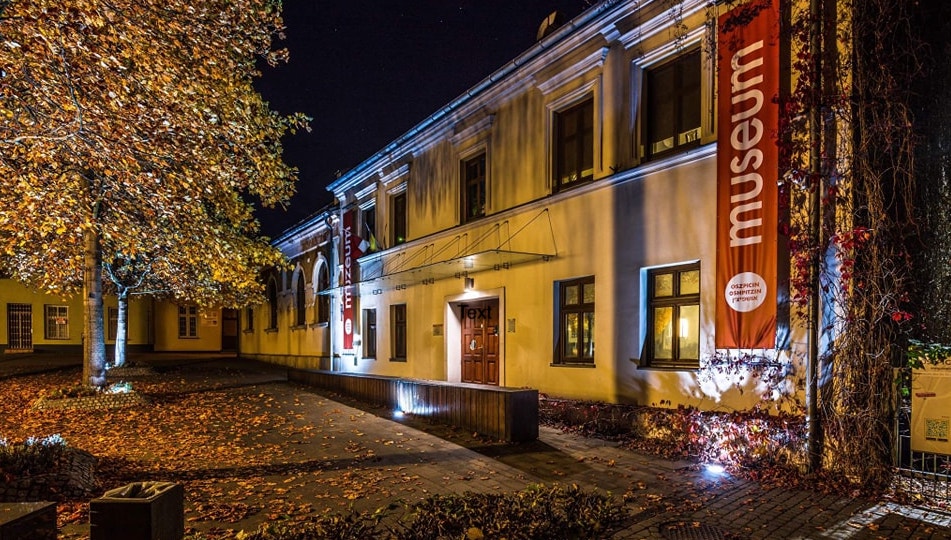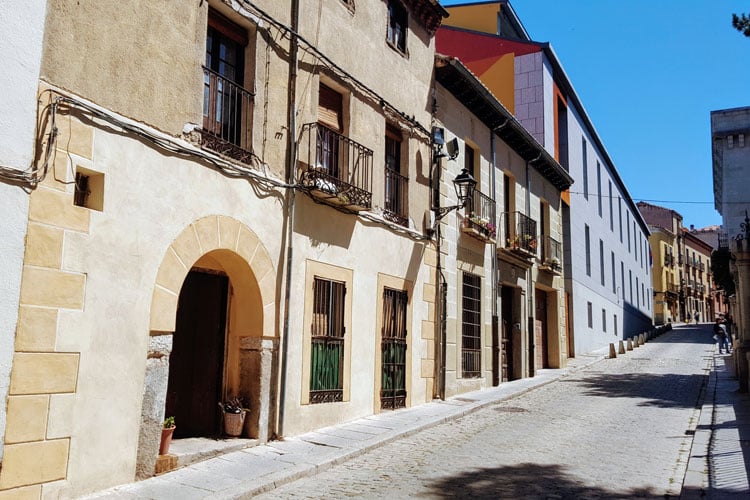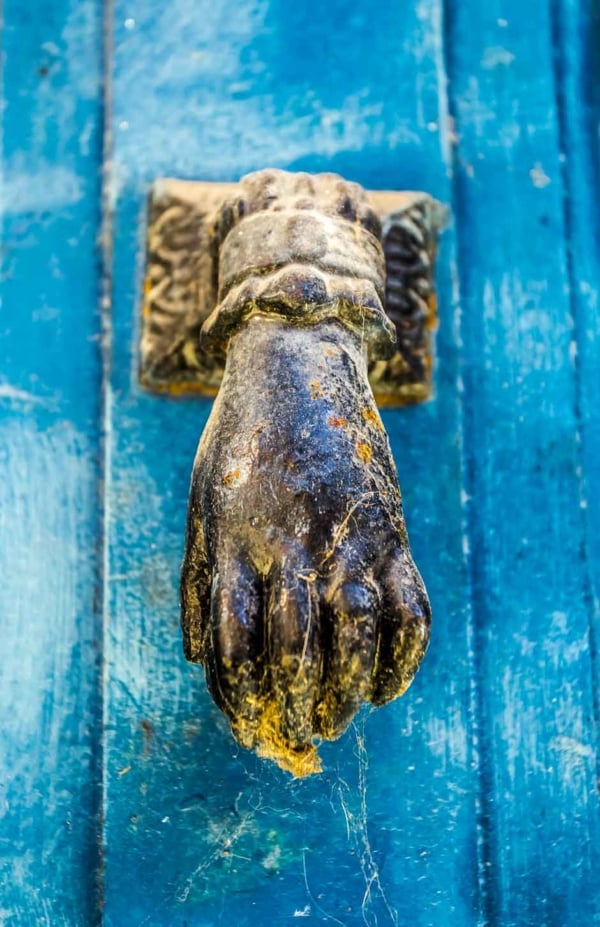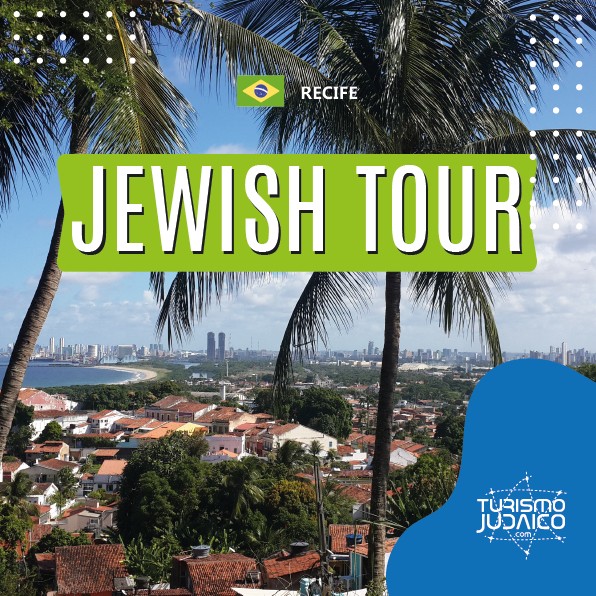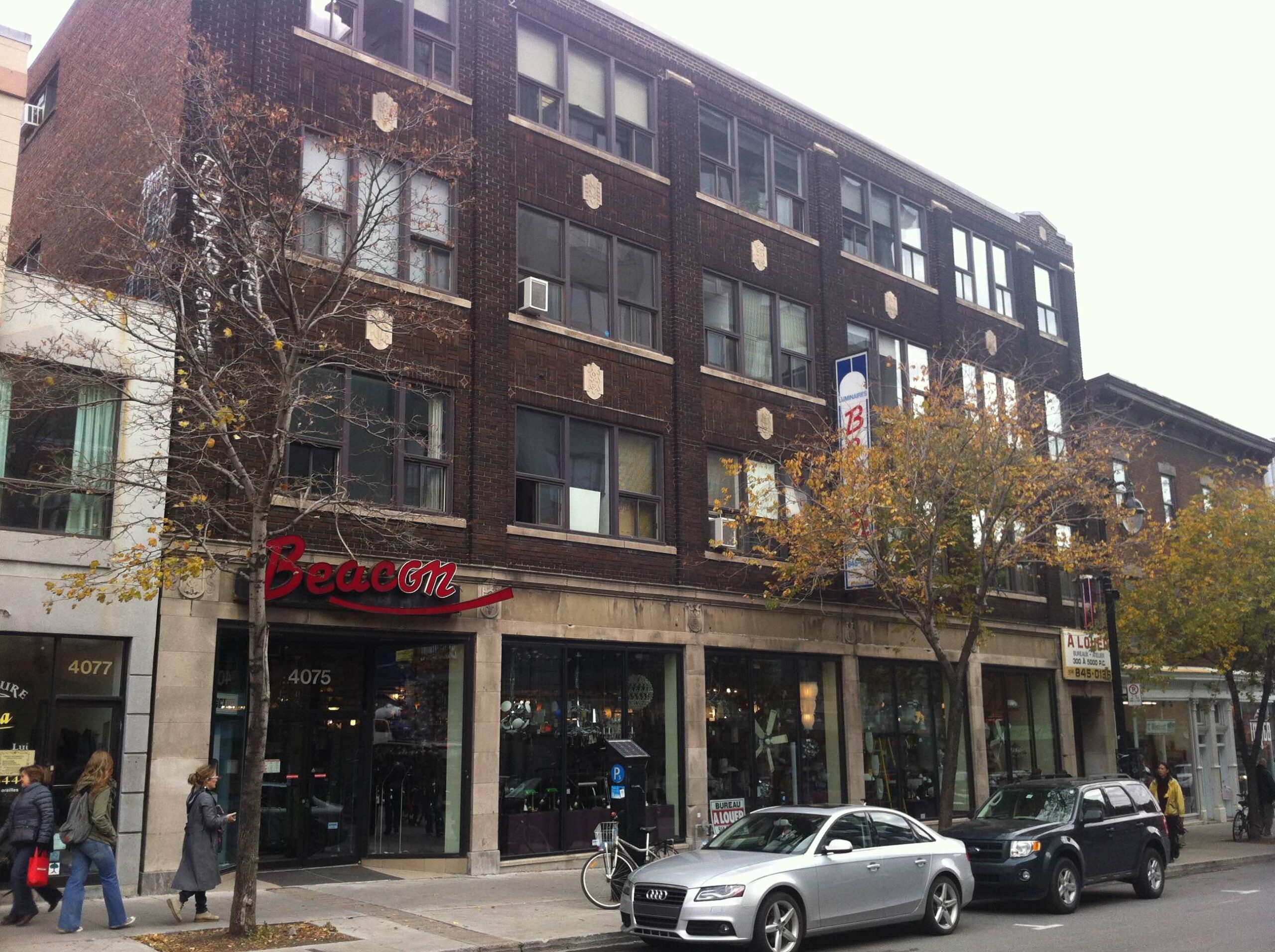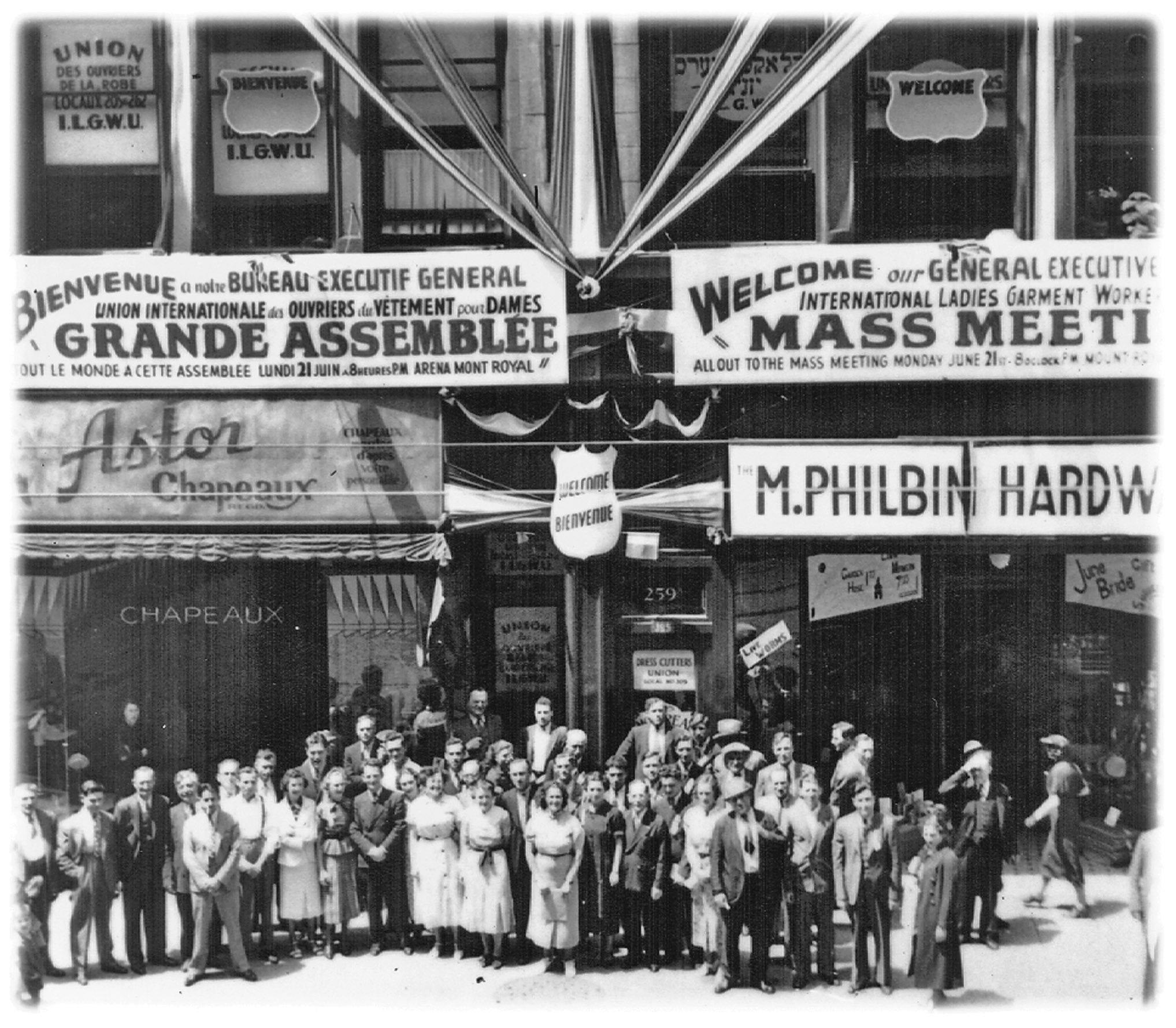Virtual Tour of Jewish Italian Itineraries is a Project that comes from the Cultural Heritage Commission of the Union of Italian Jewish Communities. The project aims to spread knowledge of Jewish cultural heritage by developing possible virtual routes in the main places of cultural interest of Italian Jewish Communities. The first four cities that have this innovative guided tour are Bologna, Casale Monferrato, Rome and Venice. Soon other sites and routes will be available.
Thanks to the Virtual Tour the Jewish sites now have a new shape made of a very high resolution 360° photographies and media contents available both in Italian and English. The Virtual Tour provides a self-guided, room-by-room walking tour through the jewish sites and the zoom function allows the viewer to explore from closer the astonishing architectural and artistic details of the jewish sites, enriching uniquely your visit and the cultural experience.
Archives: Directory listings
Directory listings
Jewish Cemetery in Budapest
One of the most unusual cemeteries in Hungary, the Salgótarjáni Street Jewish Cemetery was established in 1874, in the neighbourhood of the public cemetery of Budapest at the time, today the Fiumei Road Cemetery. Until 1892 this was the only functioning Jewish cemetery in Pest. The relatively small area, 4.8 hectares, was full by the turn of the century. Most of the mausoleums built as the final resting place for the Jewish elite of Pest city were designed by Sándor Fellner and Zsigmond Quittner. The tombs decorated with Jewish symbols and Hungarian folk motifs, the ceremonial and gate buildings are the work of Béla Lajta, genius of the Hungarian Art Nouveau.
After the siege of Budapest, the majority of the dead from the Budapest Ghetto were buried here. However, the cemetery was barely used after 1950; the last funeral was held in the years after the turn of the Millennium. The apparently unstoppable decay of the cemetery started in the 1960s. Vegetation overgrown the gravestones, the mausoleums were damaged and plundered, the cupola of the ceremonial building collapsed in the 1980s. In 2002, the whole cemetery was declared protected monument. In 2016 the cemetery was put under the administration of the National Heritage Institute.
The Town of Trebic
Třebíč, a city of UNESCO monuments, is located in the west of Moravia, in the southeastern tip of the Vysočina region. Třebíč is located on both banks of the river Jihlava, and the beginnings of the city are connected with an important Benedictine monastery, which was founded by Moravian princes as early as 1101. Thanks to the city’s rich history, visitors can admire many valuable monuments, the most important of which are listed on the prestigious list of world cultural and UNESCO natural heritage – the Basilica of St. Prokop, the Jewish quarter and the Jewish cemetery.
However, the city and its surroundings will satisfy not only history and culture lovers but also nature lovers – Třebíč is located in one of the most ecologically clean areas of the Czech Republic. The picturesque character of the local landscape and clean nature create suitable conditions for relaxation and active rest in the form of hiking or cycling.
Barcelona History Museum
The Barcelona History Museum (MUHBA) already has a long history : conceived during the first third of the 20th century and foreshadowed in the Barcelona Pavilion of the 1929 International Exhibition, it finally located its main headquarters in 1943 in the Casa Padellàs and Plaça del Rei. Its function is to preserve, study, document, disseminate and expose the historical heritage and history of Barcelona from its origins to the present day.
The MUHBA depends on Barcelona City Council through the Institut de Cultura de Barcelona (ICUB) and brings together a whole set of diverse heritage spaces relevant to the history of the city. These spaces are connected with the contents they exhibit, bringing history and heritage into dialogue, and are distributed throughout the different neighborhoods and districts of it.
Jewish Museum in Oswiecim
From the beginning, both welcome and prejudice marked the relationship between Oświęcim and its Jewish residents. Jews arrived in Oświęcim in the second half of the 16th century, founding a Jewish community with a synagogue and cemetery. Jewish communal and commercial life thrived, but economic competition with non-Jewish neighbors and religious conflict resulted in a 1563 prohibition on further Jewish settlement in Oświęcim. In response, local Jews established a Jewish district and the community continued to grow despite the ban.
The Jews of Avila
Avila is in Old Castile, fifteen miles from Madrid. In the Middle Ages it was one of the wealthiest and most flourishing cities of Spain. Jews have resided there since 1085, when they dwelt in the street called “Calle de Lomo” (now “Calle de Esteban Domingo”). In 1291 the congregation was of such large proportions that it paid more than 74,000 maravedis in taxes. It possessed several synagogues. One of them was on the same spot in the Calle de Lomo on which the Church of All Saints was afterward built; a second, not far from the former, was “presented” by the government in 1495 to the monastery of Santa Maria de la Encarnacion. The Jewish cemetery, which had a frontage of about 200 meters, lay in the valley; it is now called “Cerca de los Osos.” After the expulsion of the Jews their Catholic majesties “presented” it to the monastery of St. Thomas, which purchased additional land with the proviso that converts to Christianity or descendants of converts should not be interred therein.
The Jews of Monforte de Lemos
A tour of the Jewish heritage of Monforte de Lemos. He knows his Jewish quarter in a minute. The oldest references of the presence of Jews in the Monforte town may date back to the 10th century when in a document from 915 a certain «Jewish Ismael» is mentioned, a probable reference to a Hebrew, though it was in the 15th century that this collective has its greatest proportion of society as a whole.
Recife Virtual Tour
Through this video we want to introduce you to the Jewish community of Recife, its history, heritage and community life.
Let’s keep traveling together!
We invite you to travel, meet and learn from the sofa at home.
Between these Walls: Montreal
Hidden sounds of Hazzanut in Montreal. A relic of the past? Irrelevant to today’s jewish experience? listen again.
From the early 20th century to this day, montreal has one of the highest numbers of professional cantors in the world. What was it about the jewish community in montreal, sizeable, but not nearly as large as other jewish centres like tel aviv, new york, london, and buenos aires that made this possible? What in turn, does the community’s love affair with hazzanut reveal about montreal jews?
This tour tells the story of montreal hazzanim who sang at “downtown” synagogues from 1934 to 1965.
Jewish Immigration in Montreal
Exploring the open expanses of downtown Montreal’s Quartier des spectacles, it’s difficult to believe this was once a bustling garment district. Packed with factories and sweatshops, tailors and seamstresses, manufacturers and union executives, the relatively small Rue Ste-Catherine corridor between University and Boulevard St-Laurent was a hotbed of clothing production, class confrontation and radical politics.
Picture Ste-Catherine on a busy day in the 1920s and 1930s: steam billowing out of factory windows and grey snow covering the muddied streets; children ferrying newspapers and bales of cloth from building to building; thousands of weary workers flooding the streets for a brief lunchtime break; the mingling sounds of French, English, Yiddish, Italian, Russian . . .
Welcome to Work upon Arrival, a geographic and historic guide to Jewish immigrant labour at the beginning of the twentieth century. We invite you to explore the ways in which these newcomers changed – and were changed by – the work world they found in Montreal. Coming to an unknown country and speaking a foreign language, how did these immigrants find work with little financial support and few personal connections at their disposal? How did so many Jews end up in the garment industry, working as cutters, machine operators and even as manufacturers? And how did so many Jews get involved in labour politics?
In the early 1970s, Seemah C. Berson conducted interviews with Eastern European Jews who had immigrated to Montreal, Toronto, Winnipeg and Vancouver in the first decades of the twentieth century. I Have a Story to Tell You (WLU Press, 2010) is a compilation of these oral histories. On this tour, discover the stories of six Montrealers whose lives help illustrate the immigrant Jewish experience of labour. These witnesses, most of whom worked in the garment industry, tell us in their own words about immigrating, entering the needle trades, enduring terrible working conditions, union organizing and striking.
